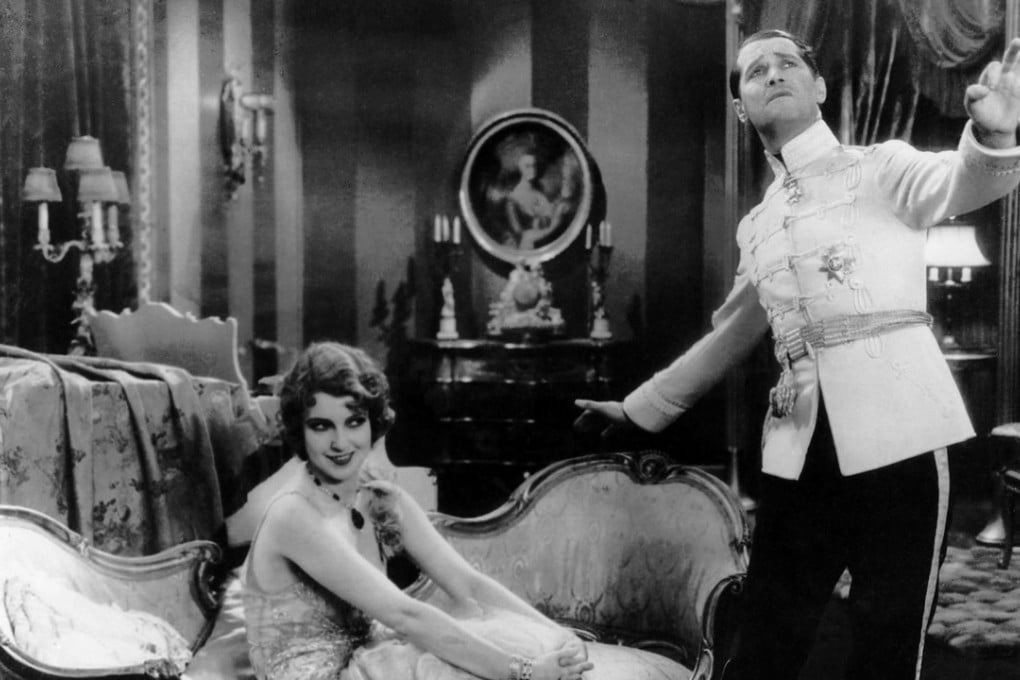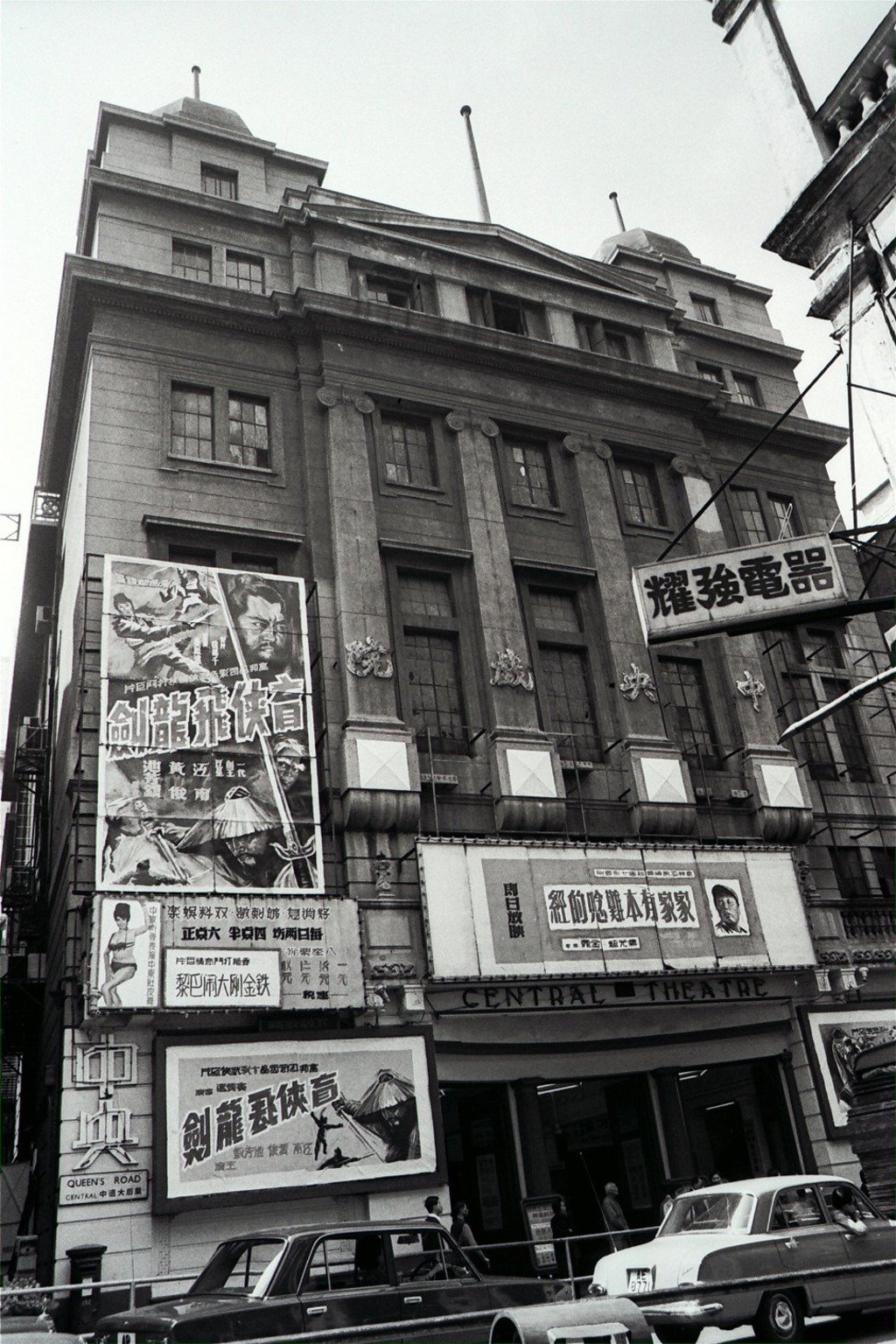When the talkies arrived in Hong Kong cinema
The long-gone Central Theatre, owned by a ‘Chinese gentleman’, would entertain the colony’s cinema-goers for 41 years

“‘Talkies’ at cinema: New theatre installs The Apparatus” ran the headline in the South China Morning Post on March 7, 1930. “Talking films are to be reproduced at another local cinema theatre, the Central Theatre now being installed with the necessary apparatus,” the story continued.
“On Queen’s Road Central, near the site of the old Fire Station Building,” the theatre was described as an “imposing building” with a dress circle, stalls, a pit and gallery that could accommodate more than 1,400 spectators. Talkies had arrived in Hong Kong a few months earlier and the new theatre, set to open on June 14, would show American productions as well as Chinese musical plays.

Owned by a “Chinese Gentleman”, Central Theatre had been built specifically for sound productions and was installed with “the latest Western Electric Sound Equipment […] used by first-class cinemas in the United States”.
“Well situated in the heart of the city,” the theatre was constructed to withstand the rigours of the Hong Kong summer as well as rushing crowds, the fireproof building having a lift service and street-exits on every floor.
“The Theatre will show, besides special pictures of other companies, all Paramount’s 1930 sound productions, which contain many big attractions,” reported the Post on March 18, 1930.